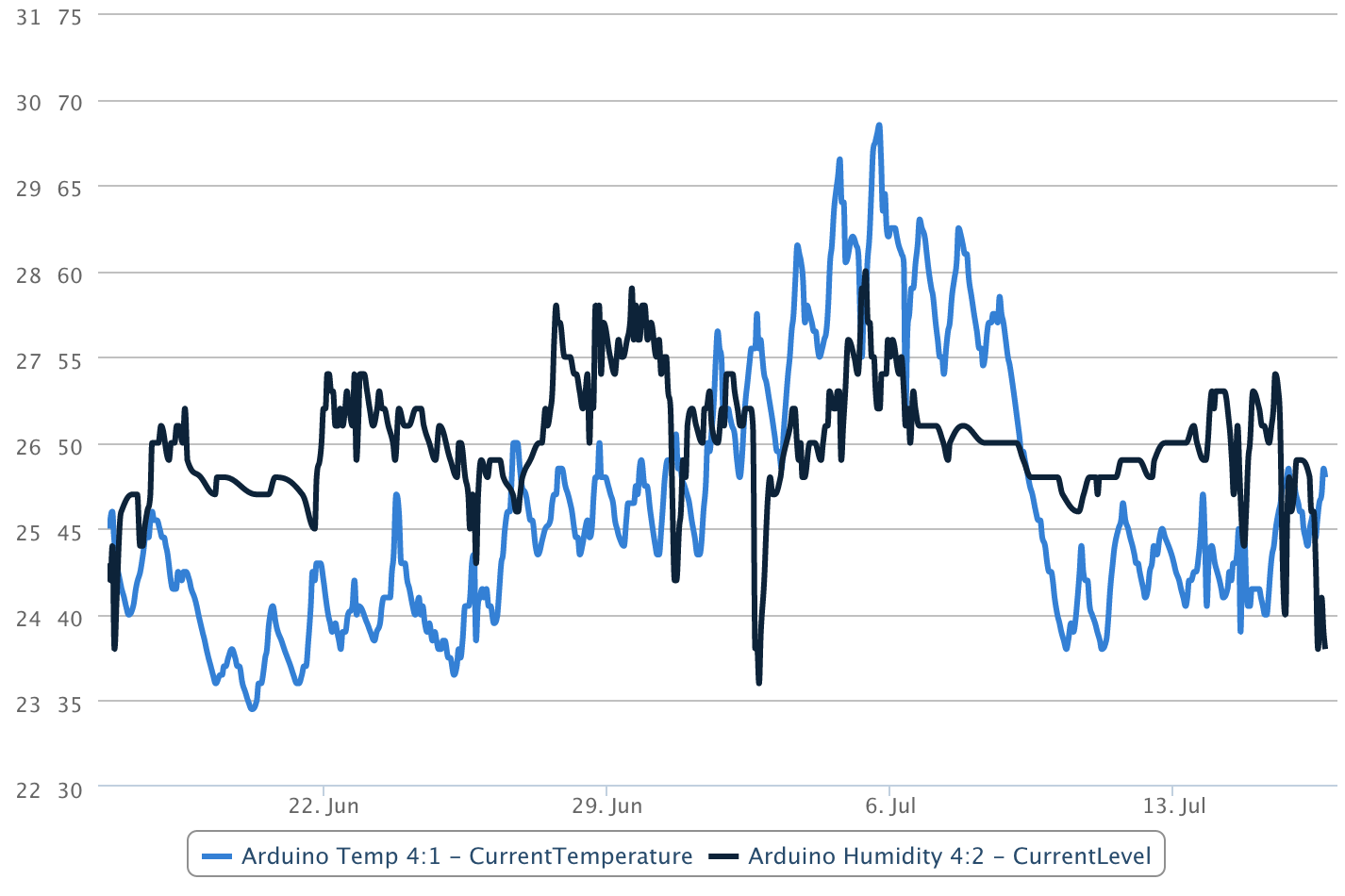Sensebender Micro
-
Hi,
@tbowmo or @hek: Could you point me to the right Mysensors bootloader directory please? Is it this one https://github.com/mysensors/Arduino/tree/master/MYSBootloader ? I think yes, but I have seen others links, so I am not sure. I would like to add and test some ulpnode functionalities and would like to start with the right bootloader.
-
@tbowmo: thank you for your reply. So what is the difference between your link and the one I posted just before (I have not checked yet) ? So, for the moment there is no Mysensors bootloader for stable, isnt it? I just need to add some pin toggle to make some tests (enable dc booster on my board, tune clock, and keep the ota stuff...) and wanted to stick to the stable branch but no problem I will move to dev branch, I think it is time :smiley: .
I don't remember who wanted to use ws2812 in bootloader (maybe it is you?) but there is an implementation in ulpnode bootloader if you are interested : https://github.com/hallard/Arduino-Boards/tree/master/1.0.0/bootloaders/ULPoptiboot -
It's two different bootloaders. the one you have linked to is handling the radio in the bootloader, and can reprogram itself OTA without an external flash attached.
The one I have linked to, is using an external flash (on the sensebender) and by loading the external flash with a new sketch, it will cause the bootloader to load the content of the external flash, into the internal flash. The same concept is used in LowPowerLabs moteino boards.
In order to use dualoptiboot, your sketch needs to support the external flash, and write the firmware it receives OTA to it. This functionality is only available in the dev branch as of now. I don't know if @hek has tested it yet? (I have been busy with a lot of other things lately so haven't got around to test it here..)
-
I try to make OTA update for sensebender using 1.5 branch sketch on the sensebender (sensebender github sketch from 1.5 branch) and MYSController but it doesn't work. Any idea ?
-
I try to make OTA update for sensebender using 1.5 branch sketch on the sensebender (sensebender github sketch from 1.5 branch) and MYSController but it doesn't work. Any idea ?
-
@tekka
Have you had the chance to get a sensebender board? As I still haven't verified the library code it probably could contain unverified features (== bug). Send me a ping on hangout if you need a board to test on. We should probably combine our effort.My last days of vacation has been filled with (family) activities. On my shortlist is the thermostat/HVAC device support (still a bit messy but I hope to get the devices from dev-branch into master together with the hvac thingies). Ping @pjr, @stephenmhall .
http://forum.mysensors.org/topic/1337/request-new-sensor-type-thermostatically-controlled-switch/7 -
Yes, it works in UI7. Are you using the correct Vera-branch?
@hek
I have used the one mentioned here: http://www.mysensors.org/controller/veraStill cant include, but I have had these problems before with e.g. a relay or motion sensor - but after several tries it include a appear in the user interface.
But perhaps the software installed on the board does not use the same frequency as default Sensornet lib's are using?/Kurt
-
Thank you @tekka and @tbowmo. I don't change the constructors and if MYS doesn't support OTA, it can't work. I will upload a modified version tonight to be ready when MYSConrtoller will support sensebender.
I have to upload new sketch with 1.5 branch on gateway too ? -
Today I received a new batch of radio modules and all problems with transmission fails is gone.
@gloob can you share where you got the good nrf from?
-
@gloob can you share where you got the good nrf from?
@Moshe-Livne This time I ordered the modules from a german eBay seller:
http://www.ebay.de/itm/201279950473?_trksid=p2060353.m2749.l2649&ssPageName=STRK%3AMEBIDX%3AIT
-
@Moshe-Livne just FYI - i ordered all my NRF's from the same place i ordered the sensebender boards from.
and they were all legit NRF's came in their own boxes and have worked great.
http://imall.itead.cc/wireless/im120606002.html -
@Moshe-Livne just FYI - i ordered all my NRF's from the same place i ordered the sensebender boards from.
and they were all legit NRF's came in their own boxes and have worked great.
http://imall.itead.cc/wireless/im120606002.html@mvader said:
@Moshe-Livne just FYI - i ordered all my NRF's from the same place i ordered the sensebender boards from.
and they were all legit NRF's came in their own boxes and have worked great.
http://imall.itead.cc/wireless/im120606002.htmlThanks for the tip! I just ordered some.
-
@Moshe-Livne just FYI - i ordered all my NRF's from the same place i ordered the sensebender boards from.
and they were all legit NRF's came in their own boxes and have worked great.
http://imall.itead.cc/wireless/im120606002.html@mvader said:
@Moshe-Livne just FYI - i ordered all my NRF's from the same place i ordered the sensebender boards from.
and they were all legit NRF's came in their own boxes and have worked great.
http://imall.itead.cc/wireless/im120606002.htmlDo they "just work out of the box" or do they benefit from the 10uF capacitor that some boards allegedly seem to need?


